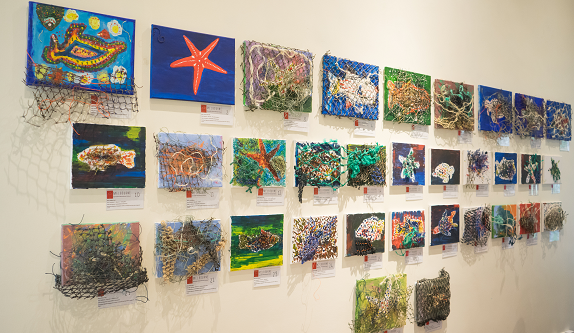
Raising a child in today’s complex world is ever more challenging to parents. They have to contend not only with illness, education and finance, but also with food, competition from peers, teaching and learning, and the cyberworld.
JCU Singapore Psychology lecturer, researcher and psychotherapist Dr Foo Koong Hean has studied how parents with up to three children raise their kids, and he says for many, traditional parenting is not working.
“My research shows that many parents devote themselves to their children, and hope their children will return the favour when they are older and need their support,” Dr Foo says. My research shows few children return the favour.
He says children seldom face “no” for an answer, and parents speak for their children and defend their actions frequently.
“Children turn out self-centred, disrespectful, impatient, have unrealistic expectations, need instant gratification, and hold a sense of entitlement” Dr Foo says.
“Values and principles are not taught at home. For example, many children are told they don’t need to do housework, they are served food at meal times that they need not help prepare, and they’re provided with the latest electronic devices that they didn’t have to work for.”
Through his research in JCU Singapore, Dr Foo believes the solution to today’s parenting problems can be found in what he calls ‘negotiation parenting’, a parenting style he has designed.
Dr Foo says negotiation parenting uses knowledge from business, culture and family, sciences (cognitive neuroscience, food and medical science), smart parenting styles, the strength model, teaching and learning, philosophy and psychotherapy to inform parents on the know-how to nurture today’s children.
“Negotiation parenting is about making decisions that will help nurture and develop your children,” he says.
“For example, it focuses on making informed choices to eat well, to understand human relationships, and avoid dangers while allowing the child to explore his or her surroundings. Essentially, the parents negotiate the journey for a child when it is young.”
Additional information about negotiation parenting can be found in Dr Foo’s book:
“Negotiation Parenting: Or how not to raise a brat in today’s complex world”
Find out more about JCU Singapore’s Psychology programs at www.jcu.edu.sg










